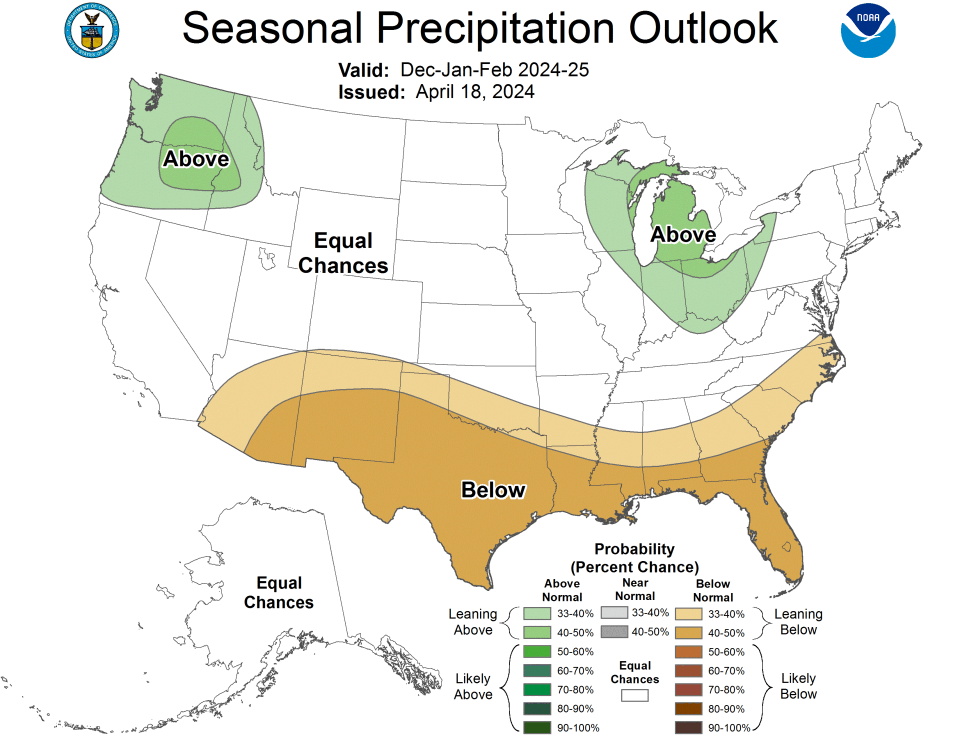Truth matters. Community matters. Your support makes both possible. LAist is one of the few places where news remains independent and free from political and corporate influence. Stand up for truth and for LAist. Make your year-end tax-deductible gift now.
2023’s Wet Winter Saved California From Drought. Will We See Another Like It Anytime Soon?

The 2022-23 rainy season saved California from a brutal drought by delivering one of the wettest years on record. And it'd be great if we could keep the good times rolling with yet another major rain and snow year just like it this coming winter.
However, the odds of that happening aren't all that high, according to a recently published study in the Proceedings of the National Academy of Sciences, which says the event was about a 1 in 54-year occurrence. That means there was a roughly 2% chance of it happening in the current climate regime. It was so exceptional that the authors said that about 5% of observed sites saw a 1 in 320-year occurrence.
Rolling the dice
The study also says that as climate change progresses, record setting snow years will become less likely, even under a moderate emissions scenario.
"It's not that it couldn't happen again, but as we roll the dice each individual water year, those dice are getting stacked more and more against getting a big snow year, the more our emissions rise and climate warms," said Adrienne Marshall, lead author of the study and a computational hydrologist with the Colorado School of Mines.
As temperatures warm, we'll likely see more precipitation fall as rain rather than snow, jeopardizing a key store of water that's responsible for roughly 30% of California's needs. Landscapes, animals and agriculture will suffer too, as hotter temperatures melt snow earlier in the year, leaving them with less runoff through our hot and dry months. Early snowmelt could also lead to an increased risk of flooding.
"The hydroclimate of California and the western U. S. is certainly shifting towards a greater likelihood of pronounced hot, dry conditions, still punctuated by extreme wet conditions," said Noah Diffenbaugh, professor and senior fellow at Stanford University’s Doerr School of Sustainability, who was not involved with the study.

What about this year?
With all of the above said, it's still unclear what's going to happen during the next rainy season.
According to the National Oceanic and Atmospheric Administration's Climate Prediction Center, there's an equal chance of above and below normal precipitation across California.
That may change if La Niña shows up, which is looking increasingly likely. The climate pattern often sees precipitation lean toward the drier side, however, 2022-23 was a La Niña year and look at what happened.








